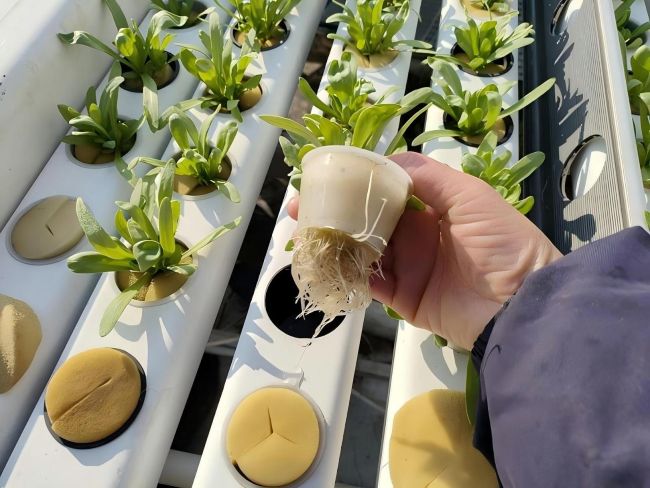Why Hydroponic Channels Are the Future of Greenhouse and Urban Farming
Hydroponic channels are changing how we grow plants in greenhouses and city farms. They’re a simple, water-saving way to grow plants without dirt. They’re great for growing all year, helping to grow more food, even in small spots like stores’ greenhouses or gardens on roofs.
Why Use Hydroponic Channels in Your Greenhouse?
Hydroponic channels aren’t just a cool thing right now; they fix real problems for farmers:
Water saving – Studies show these setups can use up to 90% less water than growing plants in dirt.
More crops – With just the right food for the plants, you can often get 30–60% more crops per square meter.
Cheaper to run – Because nutrients are reused and there are fewer bugs from the dirt, you don’t need to spend as much.
Cleaner to run – No dirt means fewer weeds, less bugs, and cleaner workspaces in the greenhouse.
What Grows Best in Hydroponic Channels?
Lots of plants do okay in these channels, but some are real winners:
Leafy Greens – Lettuce, kale, spinach, and rocket grow fast.
Herbs – Basil, mint, coriander, and parsley taste and smell great.
Soft Fruits – Strawberries and cherry tomatoes can do well if they have frames or things to hold them up.
These plants are super important for greenhouse owners who want to keep giving food to local stores or restaurants all year.
Where Hydroponic Channels Work Best
Hydroponic channels are good for lots of places:
Big greenhouses – Growing more food without needing more land.
Gardens on city roofs – Turning wasted space into something useful.
School projects – Showing how to grow food in a way that helps the earth.
Small and medium farms – Getting their money back quicker with good greenhouse gear.
A Proven Example
Miilkiia’s Hydroponic Grow Channel System is a market-ready example, trusted by farms worldwide. It’s highly modular, cost-effective, and has helped growers increase yield by over 40%, Algae-free, making it a go-to choice for sustainable intensification.

Alt:Black and white hydroponic channels, no algae.
Things to Think About Before You Start
If you’re thinking about putting hydroponic channels in your greenhouse, here are some big things to consider:
Keep an eye on things – Simple tools can help you keep the nutrients right.
Lights and air – Important if you’re growing inside.
Things to hold plants up – Needed for heavy plants like tomatoes and peppers.
Easy to make bigger – Start small and add more as you need to; these setups can even work on small patios.
FAQs
Q: Is hydroponic farming hard to manage?
A: Not at all. With the right setup, it’s mostly automated. pH and EC monitoring are simple.
Q: Can these systems work indoors?
A: Absolutely. Just provide lighting and ventilation.
Q: Do I need a large farm?
A: No. Systems are modular and scalable—even balconies or containers can work.
Q: What crops work best in NFT channels?
A: Leafy greens and herbs thrive best. Heavier fruiting crops may need trellising or supports.
Hydroponic channels are an easy, earth-friendly, and good way to grow food now. They’re like another tool for your greenhouse that can help you grow more, save resources, and grow in more places without needing dirt. Whether you sell leafy greens or want to try growing up instead of out in a city, these setups are easy to change and help you grow more food.


